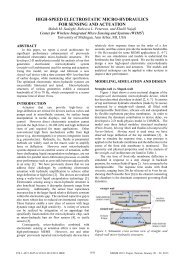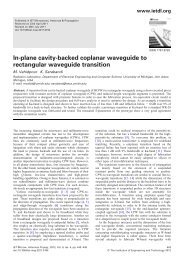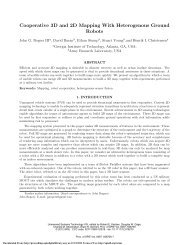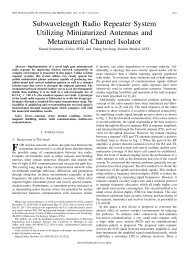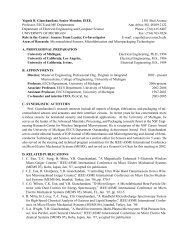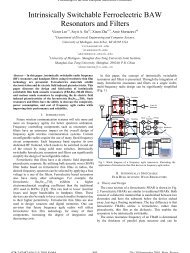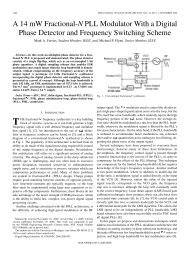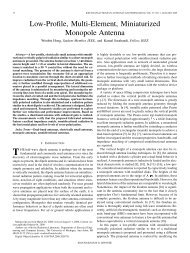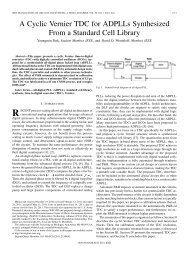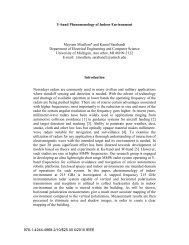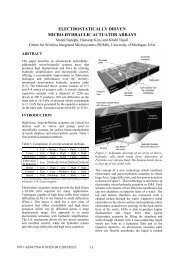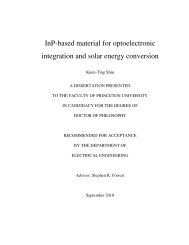[Sample B: Approval/Signature Sheet]
[Sample B: Approval/Signature Sheet]
[Sample B: Approval/Signature Sheet]
You also want an ePaper? Increase the reach of your titles
YUMPU automatically turns print PDFs into web optimized ePapers that Google loves.
materials; and (2) create continuous pathways for charge transport to the respective<br />
electrodes [16]. Usually, the simple bilayer planar HJ is vacuum deposited using smallmolecular-<br />
weight organic donor and acceptor materials, although the organic layer<br />
thickness and cell efficiency are limited by their short L D . Compared with polymer<br />
materials, it is more difficult for small-molecular-weight materials to achieve a bulk HJ,<br />
since their phase separation usually occurs in the solid rather than in the liquid phase.<br />
Simply mixing materials by co-evaporation of the donor and acceptor materials can result<br />
in a significant decrease in charge carrier mobility, as has been observed by the codeposition<br />
of D/A pair, copper phthalocyanine (CuPc)/PTCBI and CuPc/C 60 [22]. When<br />
deposited into a mixture, their crystal stacks are disrupted, introducing charge trapping<br />
and scattering during transport to the electrode. Hence, mixed-layer devices typically<br />
have high series resistance, resulting in carrier recombination. One means to circumvent<br />
the low mobility of charge in disordered organic films is to create morphological order<br />
that leads to a low resistance to charge conduction, lacking bottlenecks or islands that<br />
impede carrier extraction through organic vapor phase deposition (OVPD) [7]. The<br />
control of organic film crystallization and morphology results in a low resistance, ordered<br />
and interdigitated interface in a bulk CuPc:C 60 HJ cell. This significantly improves<br />
efficiency over otherwise a planar CuPc/C 60 HJ cell.<br />
1.3 Characteristics of organic solar cells<br />
Due to the potential for low cost solar energy conversion, OPVs have attracted<br />
tremendous attention since a 0.95 % power conversion efficiency solar cell based on a<br />
8


![[Sample B: Approval/Signature Sheet]](https://img.yumpu.com/34084789/28/500x640/sample-b-approval-signature-sheet.jpg)
